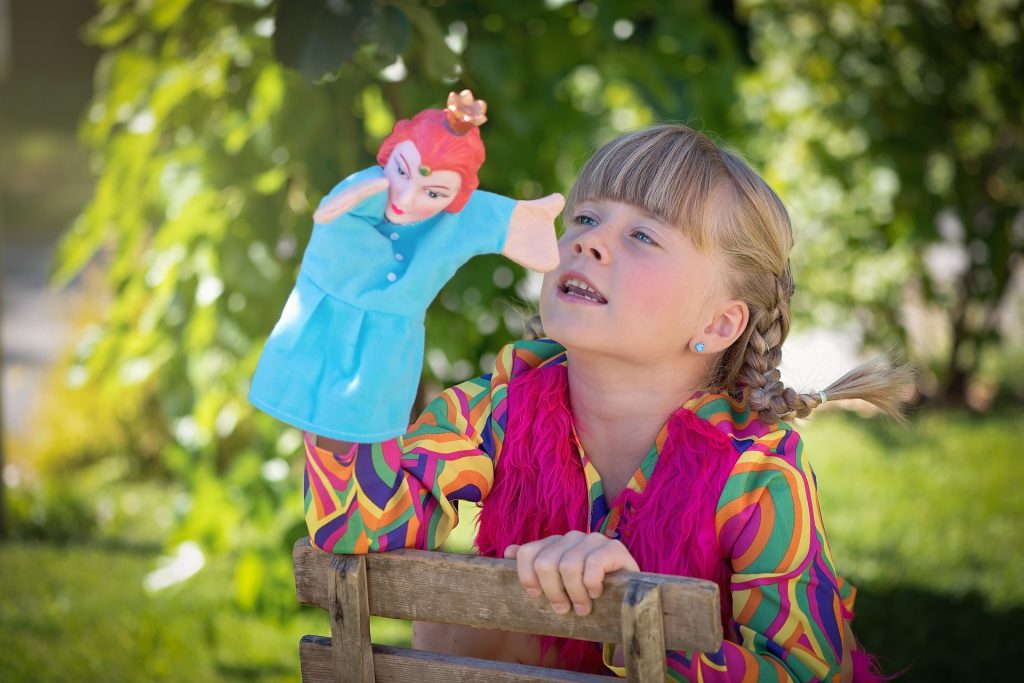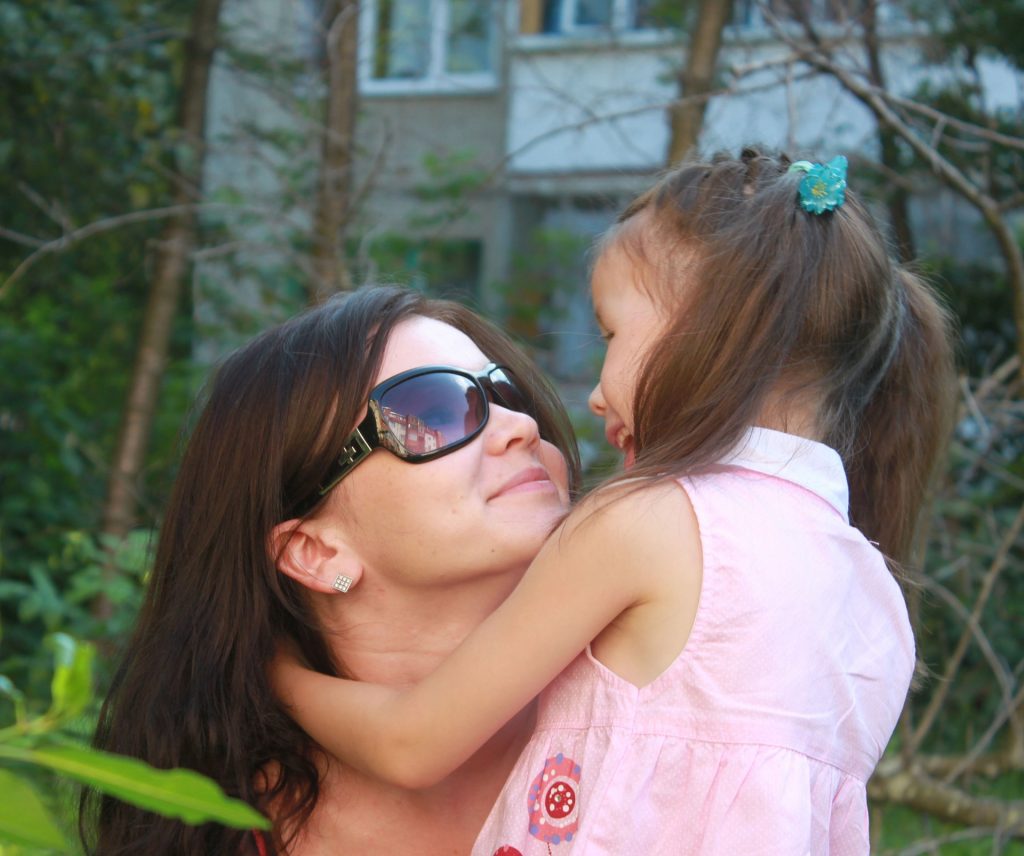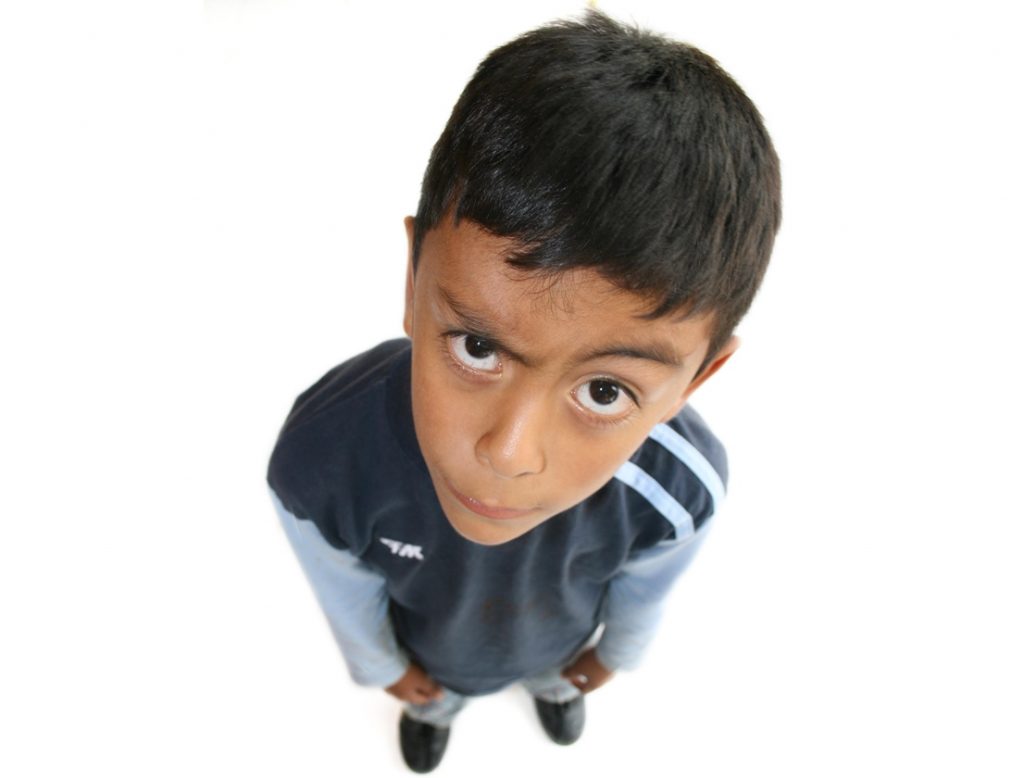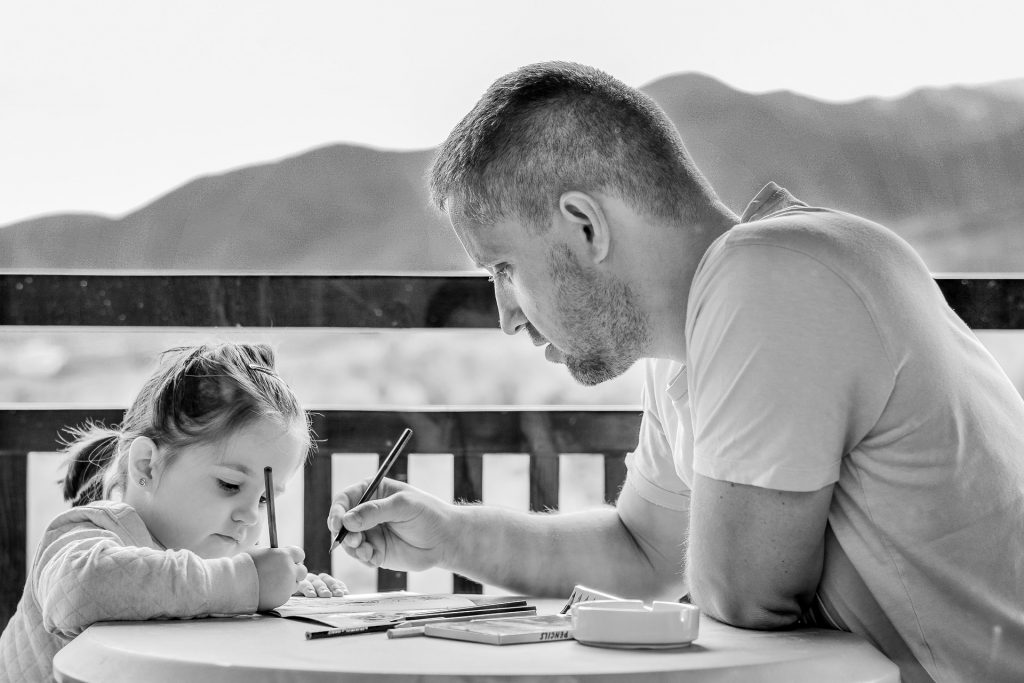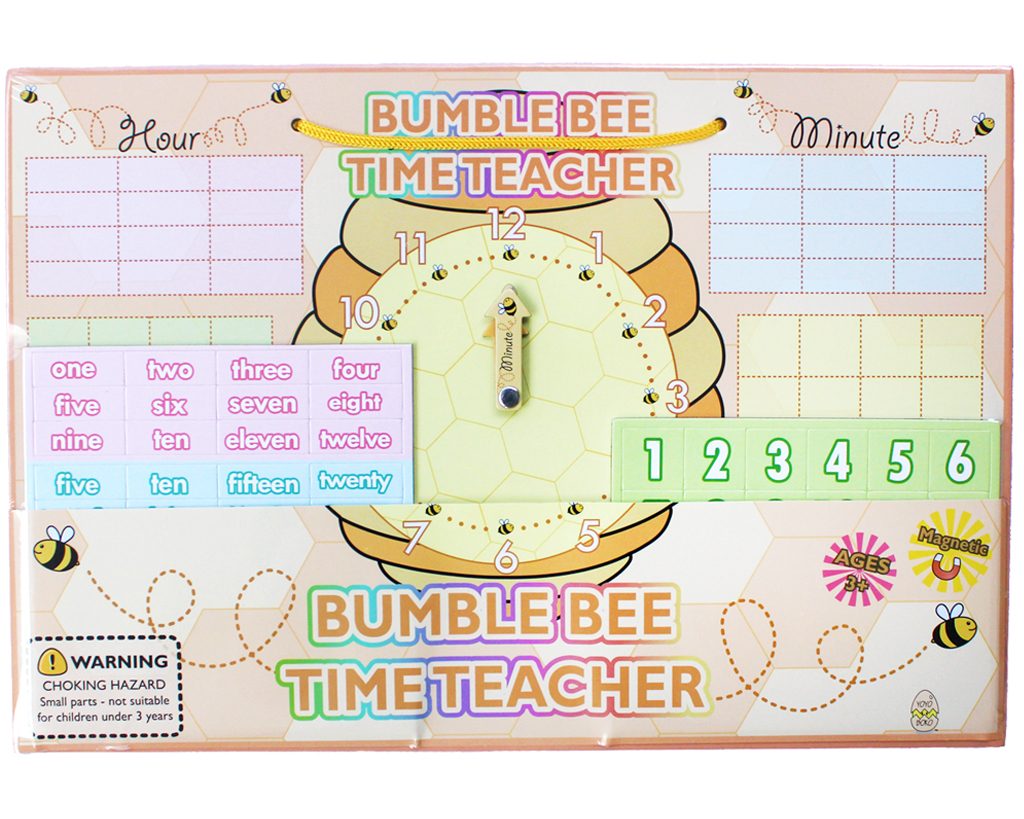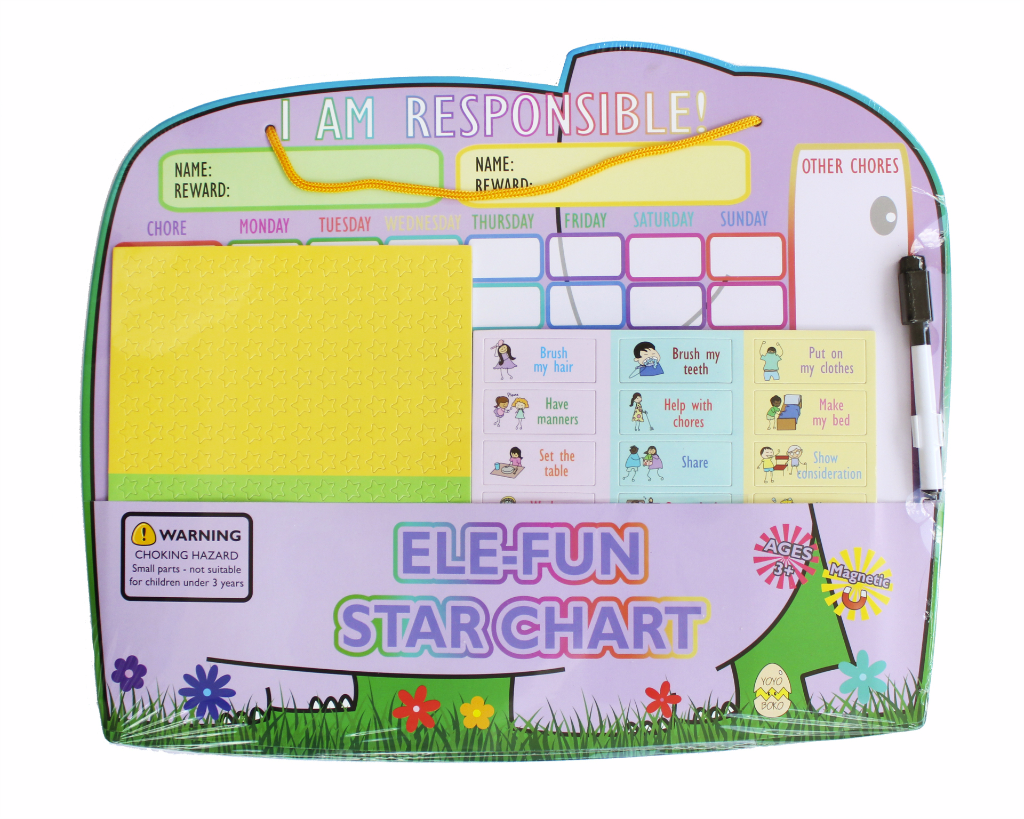Blog
Playtime Tips for Parents
Playing is one of the most basic activities of children. By playing, a child develops confidence, physical strength, and social skills. It also improves a child’s imagination and creativity. These are only a few of the reasons why giving your child enough time to play is very important.
Here are some of the tips for giving a child playtime.
Giving a Child Enough Time to Play
Whenever parents think of playtime, a common question arise: “how much time does my child need for playing”. Is 1 hour of playing enough? Or should it be 2 hours a day, or maybe 3 or 4 hours?
According to Nemours Foundation, toddlers shouldn’t be idle for more than 1 hour at a time. They also have a guideline which provides for 30 minutes of adult-supervised and led physical activities and 1 hour of unstructured play each day.
Whilst many parenting sources agree with this, there are also some research which argued that unstructured and unscheduled play should not be limited, especially for toddlers.
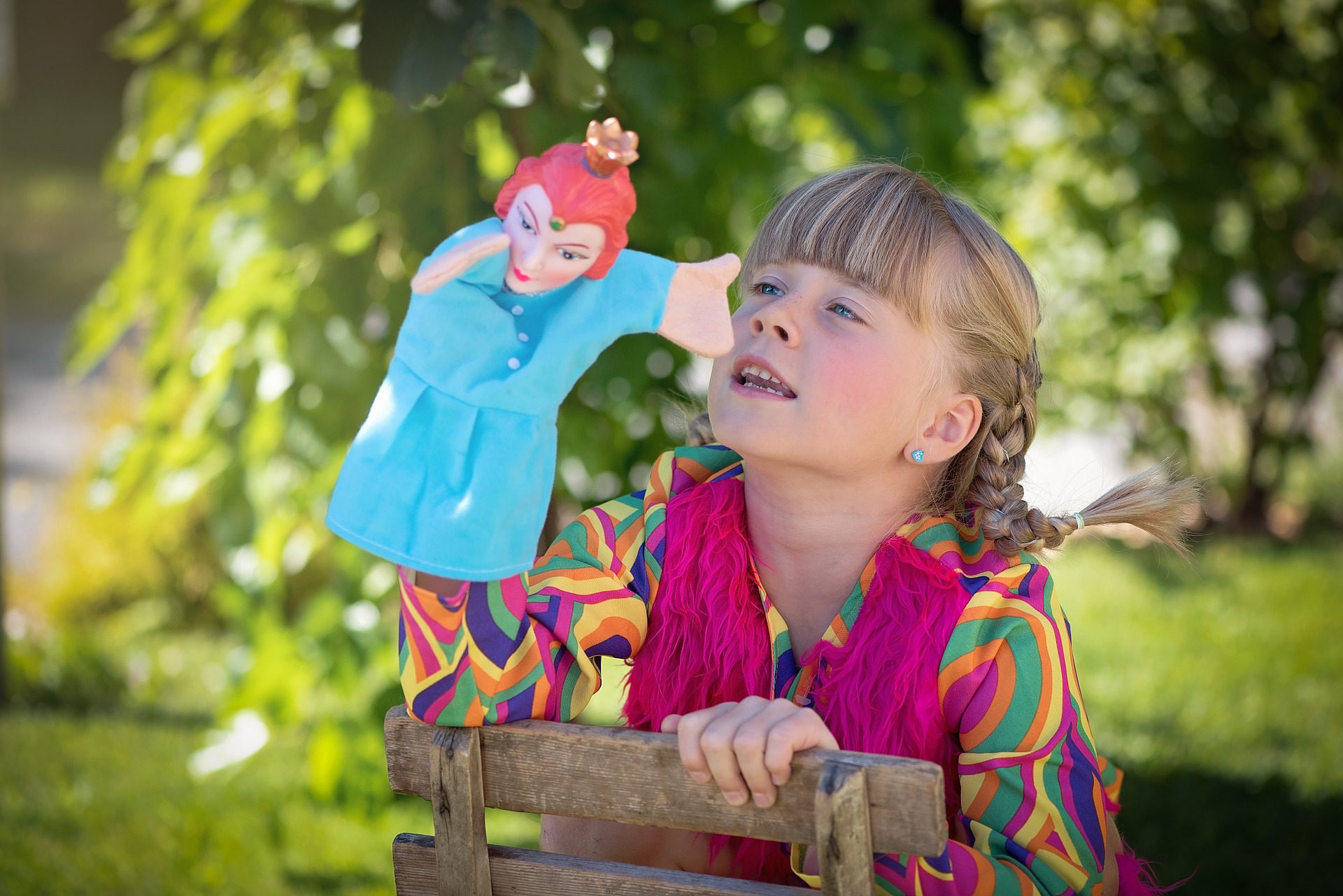
Toys for Playtime
Which toys are best for children? Well, instead of making your child spend his playtime on digital devices like laptops, computers, mobile phones or tablet, encourage him to play with real toys like toy cars, blocks and/or dolls. These ‘real’ toys will help improve your children’s creativity and imagination.
While digital devices can also help improve your child’s skills, too much use of use tools may also have bad effects on his social skills and physical well-being.
What to Include in Your Child’s Playtime
Aside from playing with toys, Pediatricians encourage parents to include going to parties, visiting the park, and arts and crafts in playtime. Such activities are deemed as most appropriate for developing your child’s dexterity, and mental and physical strength. These activities also improve a child’s social skills because it allows him to interact with kids his age.
Playing With Your Child
Use playtime as a means to further bond with your child. While playing with your child, mimic her behaviour. Try to use similar toys that she use and play with it like your child plays with it.
If there is a behaviour that you deem undesirable while your child is playing with his toy, try to do what you would like him to do. Again, this may not work the first time, but if you do this more often, your child will eventually do those behaviours more often.

